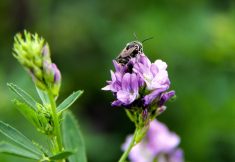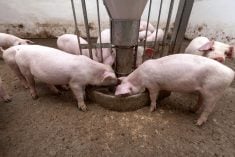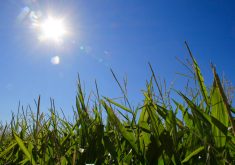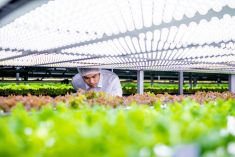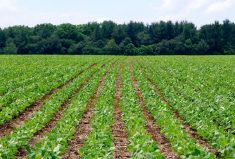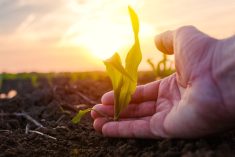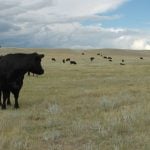An international team led by the University of Geneva (UNIGE) has found that carbon sequestration is best in forests in cold and dry regions with an abundance of trees, not diversity of species.
Inventory data from natural forests on five continents show that species diversity is optimal for equatorial and tropical rainforests, and that, conversely, in forests located in cold or dry regions, it is the abundance of trees and not their diversity that favours the recapture of CO2.
The results of the study, published in Nature Communications, are valuable in defining natural strategies to combat climate change. Global warming is stressing forests through higher mean annual temperatures, longer-lasting droughts and more frequent and extreme weather events.
Read Also

Ontario farms are a small business backbone but red tape delays and obstacles hinder growth
Farms are part of Ontario’s small business backbone, whether Ontario-grown livestock, grains or horticulture foods and farm products are bought on-farm, at a local market, or at the local store.
At the same time, forests – and the wood they produce – can trap and store carbon dioxide (CO2), and therefore play a crucial role in mitigating climate change.
Trees and forests remove carbon dioxide from the atmosphere and convert it to carbon during photosynthesis, which they then store in the form of wood and vegetation, a process referred to as carbon sequestration. However, not all forests have the same capacity to capture and store carbon.
Opposite assumptions
In recent decades, researchers have suggested that species diversity allows for denser stacking and niche compartmentalization that promotes the abundance of trees within a forest and that this abundance increases the forest’s carbon storage capacity. But another hypothesis suggests that it is not diversity that allows tree abundance but the availability of energy substrate.
Areas with higher energy content allows more trees to thrive per unit area and thus increase carbon recapture. While these two hypotheses question the scientific community on the relationship between diversity and abundance, knowing the answer could pragmatically guide the fight against CO2 emissions.
An international team around Jaime Madrigal-Gonzalez, scientific collaborator at the Institute for Environmental Sciences of the Sciences Faculty of UNIGE, investigated which of these hypotheses is more likely and under which climatic conditions one is more likely than the other.
The question was addressed using inventory data from natural forests from five continents.
For forests located in the coldest or driest regions on Earth, it is seemingly the abundance, promoted by productivity, that determines the diversity.
Here, any increase in the number of species will not necessarily result in more trees and will not therefore have a big contribution to carbon storage.
The findings of these studies are of substantial practical relevance as they will aid decision makers in identifying nature-based climate change mitigation strategies and to successfully use forests and their sequestration of carbon to reach the climate goals defined in the Paris Agreement.



